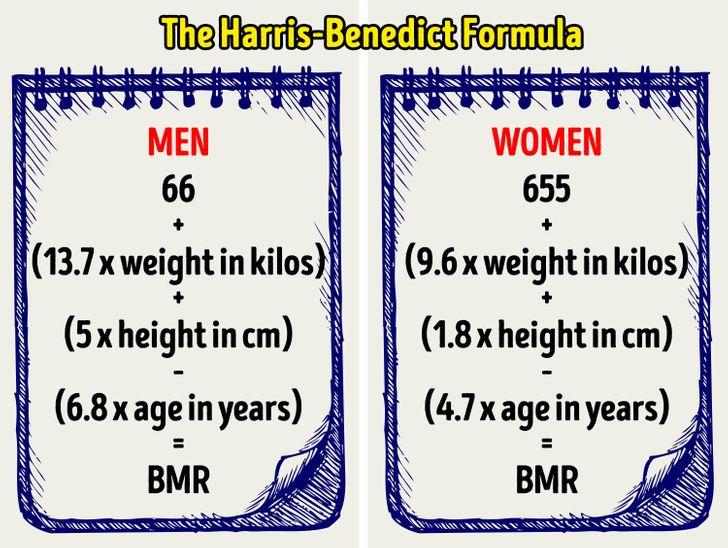Achieving your ideal weight is a journey that requires a personalized approach, and understanding your body’s unique energy needs is a crucial first step. A metabolic rate calculator serves as a powerful tool in this process, offering insights into how many calories your body needs to function effectively. This article will guide you through the intricacies of using a metabolic rate calculator to tailor a weight loss plan specifically to your body’s requirements. By harnessing this tool, you can develop a more informed and effective strategy, ensuring that your weight loss efforts are both efficient and sustainable. Let’s delve into the mechanics of metabolic rate calculators and discover how to leverage them for optimal results on your weight loss journey.
Understanding Metabolic Rate Calculators for Personalized Weight Management
Understanding your metabolic rate is crucial for tailoring a weight management plan that aligns with your body’s unique needs. A metabolic rate calculator estimates the number of calories your body requires to maintain its current weight, factoring in your age, gender, weight, height, and activity level. By knowing your Basal Metabolic Rate (BMR) and Total Daily Energy Expenditure (TDEE), you can customize your caloric intake to either lose, gain, or maintain weight effectively.
- BMR (Basal Metabolic Rate): This represents the number of calories your body needs at rest to maintain vital functions like breathing and circulation.
- TDEE (Total Daily Energy Expenditure): This is your BMR adjusted for your activity level, providing a more comprehensive picture of your daily caloric needs.
Using these insights, you can set a caloric deficit or surplus that aligns with your weight goals. For instance, a daily deficit of 500 calories is typically recommended for safe weight loss of about 1 pound per week. Remember, personalizing your weight management plan is not just about cutting calories—it’s about ensuring your body receives adequate nutrition while achieving your desired outcomes.

Key Features to Look for in a Metabolic Rate Calculator
When selecting a tool to calculate your metabolic rate, it’s crucial to ensure it offers features that cater to your individual needs. Accuracy should be your top priority; look for calculators that incorporate advanced algorithms and multiple data inputs such as age, gender, weight, height, and activity level. This ensures a personalized assessment rather than a one-size-fits-all approach.
- User-Friendly Interface: Opt for calculators that are intuitive and easy to navigate, reducing the learning curve for users of all tech levels.
- Customizable Goals: The ability to set specific weight loss or maintenance goals can help tailor the results to your unique journey.
- Integration with Other Tools: Seek out calculators that sync with fitness trackers or diet apps for a more comprehensive health management experience.
- Regular Updates: Choose platforms that regularly update their algorithms to reflect the latest scientific research, ensuring you receive the most accurate data.
With these key features, you’ll be better equipped to choose a metabolic rate calculator that not only meets but exceeds your expectations, empowering your weight loss strategy.

Step-by-Step Guide to Accurately Using a Metabolic Rate Calculator
To effectively harness the power of a metabolic rate calculator, follow these precise steps to tailor your weight loss journey. Begin by gathering essential personal data. Key metrics include:
- Age
- Gender
- Weight
- Height
- Activity level
Once you have this information, input it into the calculator. Ensure accuracy for optimal results. The calculator will estimate your Basal Metabolic Rate (BMR), the calories your body needs at rest. Next steps involve:
- Adjusting your calorie intake based on your weight loss goals.
- Considering the addition of exercise to increase calorie expenditure.
- Regularly updating your data as your weight and activity levels change.
By diligently following these steps, you can leverage the calculator to create a customized, effective weight loss plan.

Expert Recommendations for Maximizing Weight Loss Results with Metabolic Data
To unlock the full potential of your weight loss journey, leveraging metabolic data can be a game-changer. Experts suggest using a metabolic rate calculator as an essential tool for personalizing your weight loss plan. This approach enables you to tailor your diet and exercise routines based on your body’s unique metabolic needs. By understanding your Basal Metabolic Rate (BMR) and Total Daily Energy Expenditure (TDEE), you can determine the precise calorie intake required to achieve your weight loss goals.
- Calculate Your BMR: Begin by using the calculator to determine your BMR, which represents the number of calories your body needs at rest. This is crucial for setting a baseline.
- Assess Your Activity Level: Input your daily activity level to calculate your TDEE, ensuring that your caloric deficit is both safe and effective.
- Customize Your Diet Plan: Use the TDEE data to create a meal plan that aligns with your weight loss targets, focusing on nutrient-rich foods.
- Adjust as Needed: Regularly revisit the calculator to adjust your caloric intake based on changes in your weight and activity level, ensuring continuous progress.
Incorporating these expert-backed strategies will not only optimize your weight loss results but also promote sustainable, long-term health improvements.
